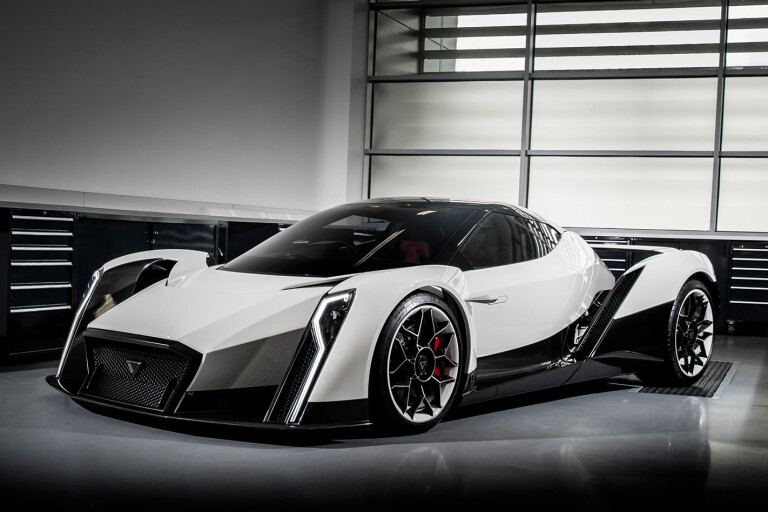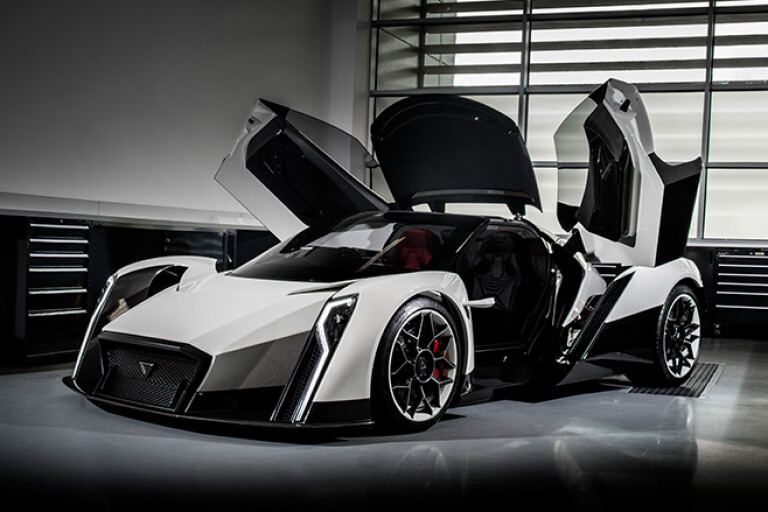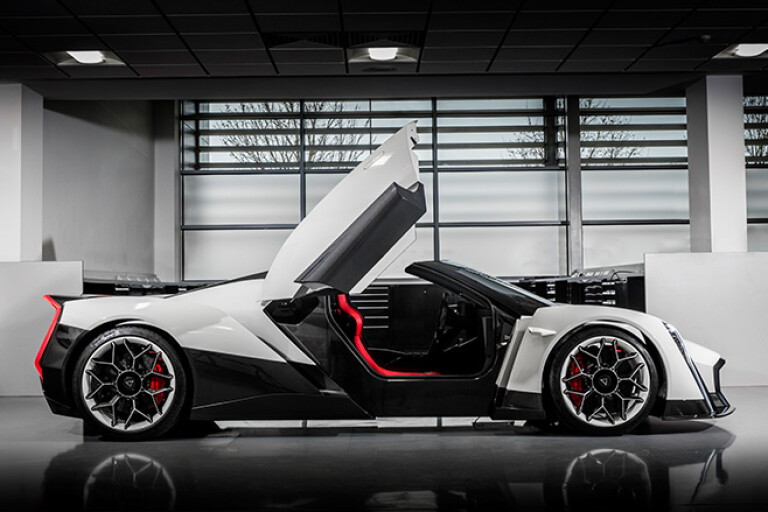
Motorshows, like casualty clearing stations, are usually divided by triage into three categories: cars that are definitely going to make it into production, those that might, and those with precisely zero chance.
We’ll understand if the idea of a 1500hp EV hypercar from a Singaporean company you’ve never heard of sounds like it should fall into the last of these categories. Yet the Vanda Dendrobium, which has just been introduced in Geneva, really does seem to stand a chance of becoming Singapore’s first ever hypercar.

The important element her is the involvement of Williams, more precisely the Advanced Engineering subsidiary of the famous British Formula One team.
This is the consultancy that previously created the CX-75 hybrid Jaguar hypercar that came within a big cat’s whisker of being produced, as well as the battery pack that powers the current Formula E grid.
While the show Dendrobium is indeed a one-off, we’re assured that serious consideration is being given to producing a limited run.
The Dendrobium name comes from a Singapore-native orchid, the opening of which apparently inspired the show car’s synchronized unlatching of both rear-hinged doors and its powered roof panel.

We’re told that, if produced, the production version would have all-wheel drive, a two-speed transmission, total power output of around 1500hp, a 200mph top speed and a 0-100km/h time of around 2.6-seconds.
Sadly the concept can’t deliver on those numbers, with Ian Cluett, who led development for Williams, admitting that it uses a far more timid single-motor set-up with rear-wheel drive and is powered by a modified Formula E battery pack.
The striking design is the work of a Singapore-based team and we’re told that it could easily translate to production. It’s built around a carbonfibre tub with metal front and rear subframes carrying dual wishbone suspension at each corner.
It hasn’t been in a wind tunnel, but Cluett says the wedgy shape has been subjected to intensive CFD modelling to confirm it should indeed work at speed.

While the rear-hinged doors and roof offer plenty of theatre, getting into the tight-fitting cabin means squeezing past the substantial A pillar, and the seating position feels too high for a supercar at the moment.
Most of the cockpit is finished in carbon, with six-sided switchgear reflecting the same honeycomb design motif as the outside of the car. There’s a digital instrument display and twin video screens for a functioning camera-based rear mirror system.
Vanda will make a decision on production later this year, with interest being gauged at the Geneva Motor Show and other events.
We’re told that a finished car would probably carry a seven figure US dollar pricetag, which would certainly help to ensure exclusivity, with the Dendrobium’s toughest challenge likely to come from pure electric hypercars from established players like McLaren.

COMMENTS